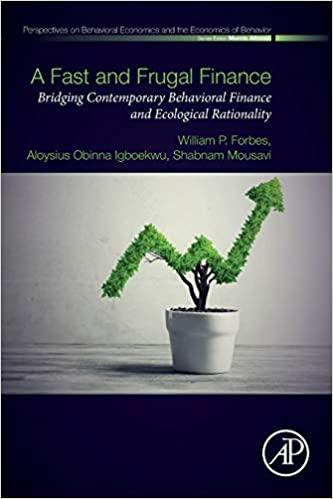Question
Suppose the returns on long-term corporate bonds are normally distributed. The average annual return for long-term corporate bonds from 1926 to 2007 was 6.7 percent
Suppose the returns on long-term corporate bonds are normally distributed. The average annual return for long-term corporate bonds from 1926 to 2007 was 6.7 percent and the standard deviation of those bonds for that period was 8.8 percent.

(a) Based on this historical record, what is the approximate probability that your return on these bonds will be less than -2 percent in a given year? (Do not round intermediate calculations.)

(b) What range of returns would you expect to see 95 percent of the time? (Do not round intermediate calculations.)

(c) What range would you expect to see 99 percent of the time? (Do not round intermediate calculations.)

Step by Step Solution
There are 3 Steps involved in it
Step: 1

Get Instant Access to Expert-Tailored Solutions
See step-by-step solutions with expert insights and AI powered tools for academic success
Step: 2

Step: 3

Ace Your Homework with AI
Get the answers you need in no time with our AI-driven, step-by-step assistance
Get Started


